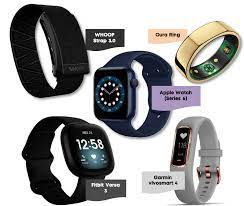Older adults can save tens of thousands of dollars annually by choosing assisted living communities over aging in place in their homes.
Unlike point solutions, Inspiren unifies resident safety, care planning, staffing, and emergency response into a single AI-powered platform.
An artificial intelligence-powered virtual assistant platform for senior living and care providers.

 First the ‘good news’ about tech adoption…
First the ‘good news’ about tech adoption…  devices make up an $81.5 billion global market in 2021. According to Gartner’s
devices make up an $81.5 billion global market in 2021. According to Gartner’s  Pew Research just published its periodic survey about Internet use. Let’s assume consensus that growing the percentage of those using the Internet was a social good. Let’s assume that many are now concerned that older adults may have missed vaccine sign-up opportunities without access to the Internet. Pew’s survey
Pew Research just published its periodic survey about Internet use. Let’s assume consensus that growing the percentage of those using the Internet was a social good. Let’s assume that many are now concerned that older adults may have missed vaccine sign-up opportunities without access to the Internet. Pew’s survey  Do consumers trust technology? Not so much -- just ask them. This question was asked on a recent
Do consumers trust technology? Not so much -- just ask them. This question was asked on a recent  March was an unusually innovative age tech month – now let’s get organized.
March was an unusually innovative age tech month – now let’s get organized.